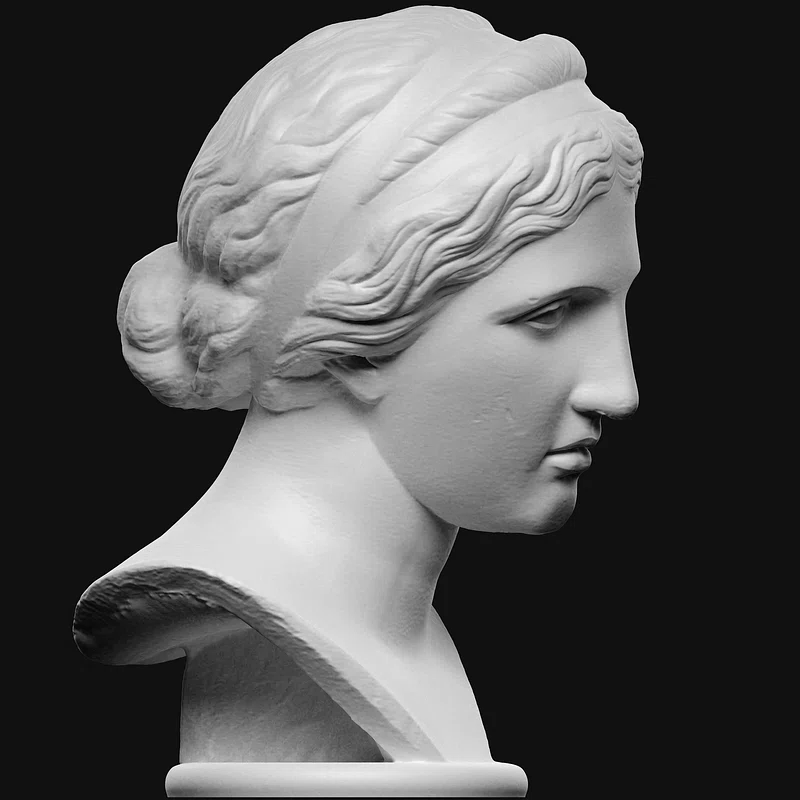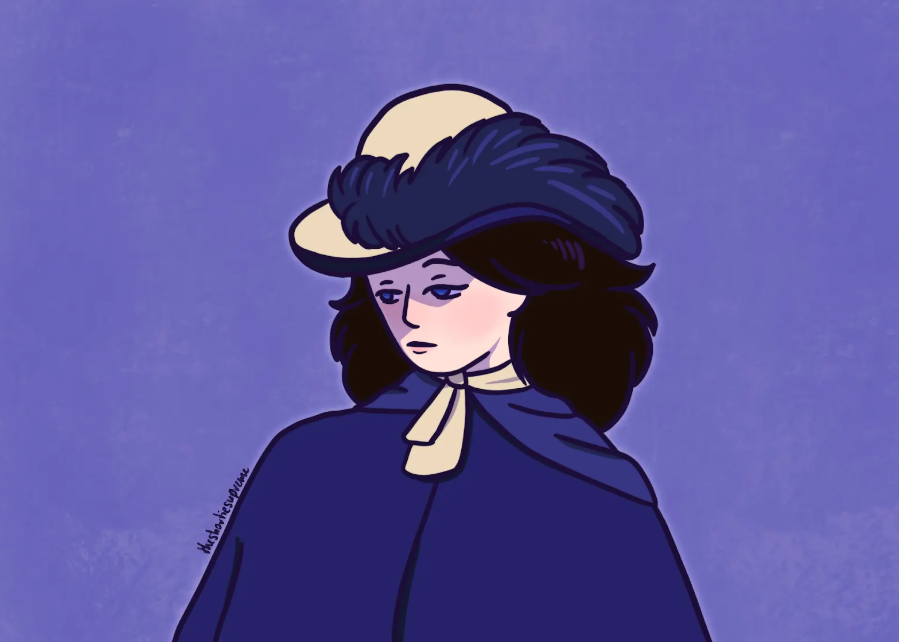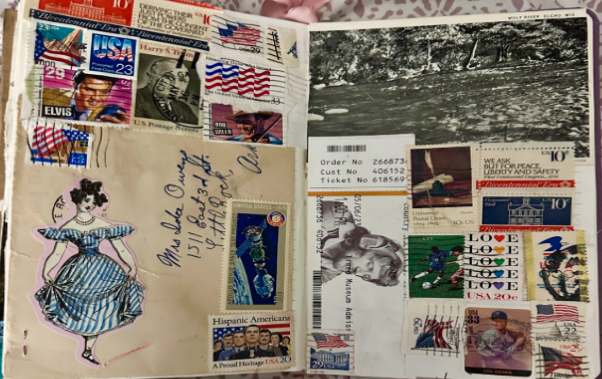
Throughout the 1920s, moral ambiguity and changing societal norms became increasingly synonymous with urban American culture, particularly in the context of women’s evolving roles. As young women sought liberation and self-expression, breaking free from the constraints of the pre-war era, their identities redefined the traditional expectations of femininity. In Fitzgerald’s 1922 The Great Gatsby, Jordan Baker, a young and affluent character, embodies this wave of feminist progress. Living independently as both a socialite and professional athlete, she defies the conventional standards of feminine behavior. Through her carefree persona, bold demeanor, and pioneering role in a male-dominated profession, Jordan Baker represents the emergence of a new era for women in the Roaring Twenties, one marked by self-autonomy and defiance.
While women of this era were stereotyped as overtly emotional and dependent on their male counterparts, new feminism normalized being independent, as evidenced by Jordan’s character. One of Nick’s first impressions of Jordan is her “wan, charming, and discontented face” (p. 11). This mask that Jordan wears allows her to embody detachment, a trait unseen in women before this time. In fact, Jordan’s confident presence was so effective that Nick mentioned feeling obligated to apologize for disturbing her presence. Additionally, Jordan is openly observant and witty, conveyed in her iconic statement regarding her love for intimate large parties rather than small parties without privacy. In contrast, Daisy, the embodiment of the perfect 1920s woman, purposefully pretends to be naive and unaware to please her husband and fit the expectation of “a beautiful little fool,” which she says is the best thing a woman can be. Another example of Jordan’s unconventional personality is her interactions with Nick, especially towards the end of their relationship. With unfair relationship dynamics, such as Daisy and Tom’s, being extremely prevalent during this time, Jordan did not allow this for herself. When Nick calls her to break up for no apparent reason, she quickly calls him out as a “bad driver,” one of the only instances in the book where someone makes Nick aware of his hypocritical nature; Jordan’s words contradict Nick’s view of himself as honest and straightforward, compromising his integrity in front of the audience. Before this time, holding men accountable for their actions wasn’t common, as seen by Daisy’s awareness that Tom was cheating on her with Myrtle. While upset about the situation, she never directly confronted Tom about the issue. These contrasting instances reinforce the claim that Jordan’s persona epitomizes the new feminist movement of the 20th century.
Apart from her apathetic nature, Jordan’s physical appearance exemplifies the modernly liberated woman. In particular, the Flapper movement, characterized by self-expression and impressionability, is evident in Jordan’s appearance. Flappers are known to have a somewhat masculine look, with a sharp bob and flowy clothes, abandoning the traditional feminine corset that women wore in years before. In the 2013 Great Gatsby movie, Jordan has this exact look, and in the book, Nick describes her as jaunty, throwing her body back and exhibiting an overall look of “complete self-sufficiency.” Flappers openly defied societal expectations by rejecting constraining double standards and participating in activities dominated by men, such as Jordan did through her professional career and casual dating life.
Jordan’s career as a professional golfer provided her with financial stability, propelling her to support her materialistic lifestyle. She could exercise freedoms that Daisy could not, such as attending parties and meeting friends at her own discretion. She maintained her unconventional independence by making her own income through golf; without it, she would have to find a husband to support her. However, she had to lie and cheat to stay relevant in a male-dominated field, evidenced by her dishonest golf tournament victories. Her ability to get away with these actions was made possible by the lowly standards set for women, which were only gradually changing. For instance, Nick blatantly states that “dishonesty in a woman was something you could never blame deeply,” referencing Jordan. Additionally, Jordan faced indirect scrutiny from patriarchal heads such as Tom, who believed that Jordan’s family ought not to let her run around the country in such a way. Though Jordan epitomized the modern woman, uncompromising in independence, there were some societal expectations from which she could not escape.
Fitzgerald created Jordan Baker as the “fast and modern” woman of the Roaring Twenties, named after two advanced automobiles. Her superficiality, confident demeanor, and successful career allowed her to live unconventionally, providing a direct example of the changing roles of women throughout the twentieth century.




































